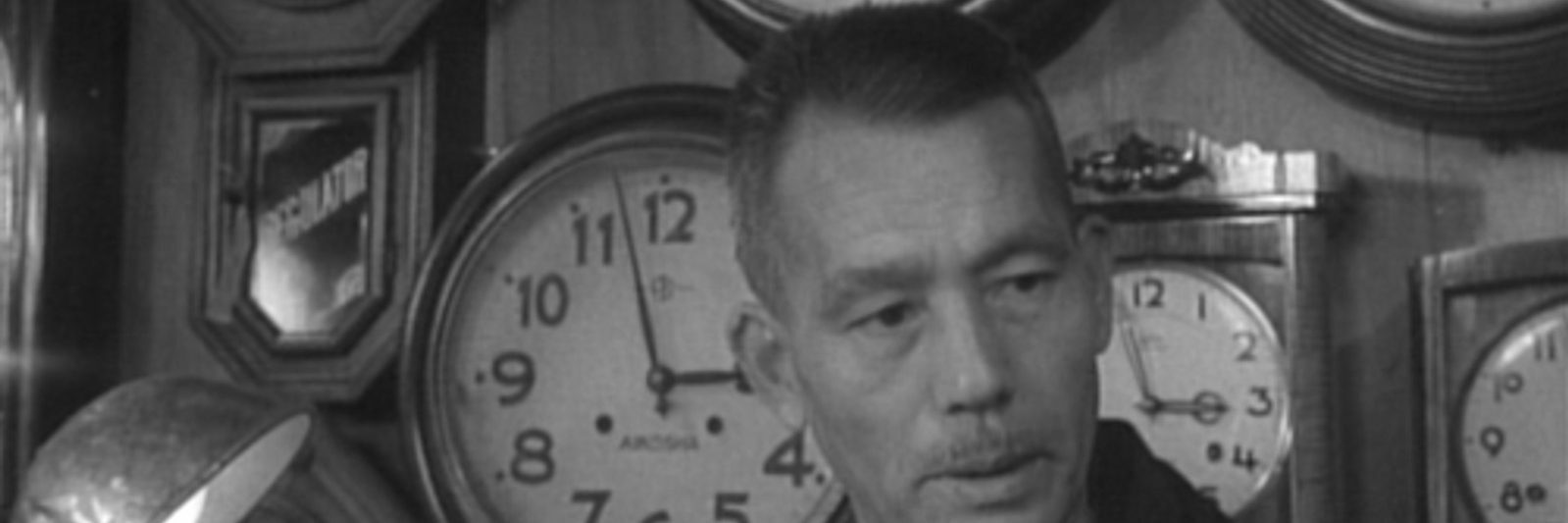
As I mentioned before, foreign film market in 1930’s Japan was very lively and energetic, even in the eve of Pearl Harbor attack. Especially German and Austrian cinema were quite popular, not just because Japan had a political alliance with the Nazi regime, but also because people simply loved sweet scent of Hapsburg Empire and of German clinical efficiency. As I read through several literatures and contemporary periodicals, I find many of their observations on certain films, aesthetics, film techniques or directors were radically different from our views today. One of such examples is the case for Karl Ritter.
Karl Ritter is considered by many as the most loudest instrument in Goebbels’ propaganda machine. He produced HITLERJUNGE QUEX in 1933, one of the earliest examples of glorification of Nazi movement. He is now considered a mediocre talent, though with a knack to suck up to those who in power. Very few of his films are shown today and some DVDs are available through an online store specialized in such films. He directed several successful war films of Nazi era, for example, URLAUB AUF EHRENWORT (1937) and UNTERNEHMEN MICHAEL (1937). Both films were set in World War I: URLAUB AUF EHRENWORT weaves the omnibus story of 6 soldiers on 6-hour leave in Berlin before they are sent to the Western front. UNTERNEHMEN MICHAEL traces the Operation Michael in 1918, depicting the soldiers who sacrifice their lives for the Operation. Goebbels considered URLAUB AUF EHRENWORT an outstanding achievement, applauding restrained direction, while he didn’t think much of UNTERNEHMEN MICHAEL because of its static stagy filmmaking. He apparently ordered a few changes for the latter. Interestingly, high-ranking officers of Wehrmacht complained that MICHAEL presented the glorified view of suicidal missions. Goebbels ignored these complaint and awarded the film with Pradikat of staatspolitisch besonders wertvoll (distinction of particular political value).
These two films were imported for Japanese theatrical release by Towa Shoji in 1940. As I follow the fate of these films in Japan, I start to ponder what it means, or more specifically, how a ‘propaganda machine’ actually works.
UNTERNEHMEN MICHAEL was shown in 1940, only after it was butchered ruthlessly by heavy censorship. According to Akira Iwasaki, a famed Japanese critic, it might have to do with “anti-war sentiment” in the film. “Anti-war sentiment” in Karl Ritter’s propaganda film? Yes, there is one officer who is very weary of war, expressing somewhat condescending view of the situation. On the other hand, the film impressed the Japanese Ministry of Intelligence so much, which ordered Japanese filmmakers to “make something like that”. The result was SHOGUN TO SANBOU TO HEI (将軍と参謀と兵, 1942), directed by Satoshi Taguchi. It is almost laughable that this film also underwent heavy cuts by Japanese censorship.
URLAUB AUF EHRENWORT was imported for 1941 release. Surprisingly, Japanese government banned this film. The official explanation for the ban was that the film depicts insubordination by an officer. In the film, young Lieutenant Proetorius gives furlough to his men against the strict order. Well, that is the whole premise of the film, so if it didn’t fit the censor official’s taste, it had to be banned entirely. But the film was shown to the critics and insiders already by then. June 1941 issue of NIHON EIGA, the movie review magazine, contains a special section for reviews for this film. Kazuo Watanabe, Tustomu Sawamura, Hiroshi Nakatani, Toshio Asagami, Shuko Shiroyanagi, Shiro Hibino and Kazuho Tokuda, all reviewers gave more than positive reviews for the film.
I have never thought of the possibility that a Nazi propaganda film was banned so blatantly by Japanese censorship. But, of course, come to think of it, it could happen.
I will explore more on these two films and their particular positions in Japanese cinema industry at the time.
